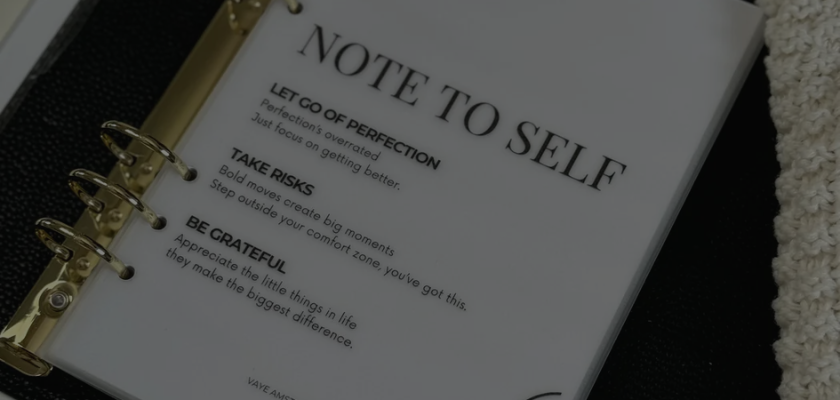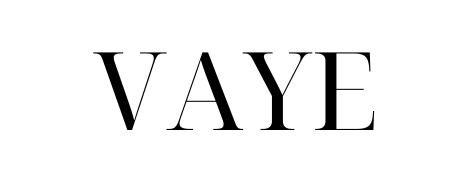
10 tips to save money with a savings folder
Share
Want to learn how to manage your money better, gain a clear overview, and start saving consciously? Then a savings folder is a great and accessible way to get started. No hassle with complicated apps or digital spreadsheets, just a physical system that provides clarity and structure.
In this blog post, we share 10 practical tips for saving money with a savings folder. Whether you're just starting out or have been using it for a while, these tips will help you get more out of your folder.
What is a savings folder?
A savings folder is a small folder containing transparent envelopes where you divide your cash by expense category. Think of groceries, transportation, clothing, gifts, or saving for a vacation. You decide which categories are important to you and how much money you allocate to them.
Don't have a savings folder yet? Start with a starter set . Check out the cash stuffing sets or create your own from individual budget binders and envelopes .
1. Create categories that fit your life
Everyone spends money differently, so there's no point in copying a standard allocation. Choose categories that suit you. For example:
- Groceries
- Self-care
- Saving for vacation
- Presents
- Emergency fund
- Eating out
Not sure which categories are right for you? A starter set includes the most common categories.
2. Set realistic budgets
A savings plan is only as powerful as the budget you create. Take an honest look at your income and fixed expenses and then determine how much money you have available for cash management.
A budget planner or a simple notebook helps keep track. Also, keep track of when you put each amount in your envelopes.
3. Use a simple budget breakdown as a starting point
A commonly used rule is the 50/30/20 split:
- 50 percent to fixed costs
- 30 percent to fun things
- 20 percent to savings or paying off debts
You can translate this to your savings folder: spend cash only on variable expenses (such as groceries and fun things) and also use the folder to physically set aside savings goals.
Considercash stuffing wallets if you're looking for something that fits easily in your bag and has enough room for multiple envelopes.
4. Link your map to a clear savings goal
Knowing what you're saving for will make you much more motivated. Whether it's a vacation, a savings account, or something as small as a new piece of clothing, give your envelope a name and set a target amount.
Make it tangible with a savings challenge or fill-in card , so you can check off what you've achieved each time.
5. Try a savings challenge
Savings challenges make saving more fun and tangible. Some popular challenges include:
- The 52-week challenge: every week you set aside an increasing amount
- The 100 Envelopes Challenge: Fill 100 envelopes with amounts from 1 to 100 euros.
You can do this at your own pace. Everything you need can be found in the savings challenge collection.
6. Don't forget your emergency fund
Many people forget this, but a small buffer is incredibly important. Set aside a small amount each month in a separate envelope for unforeseen expenses, such as a broken bike, a visit to the vet, or a forgotten bill.
Start with 10 or 20 euros per month and build it up slowly.
7. Track your spending
You only truly know where you stand when you keep track of what's coming in and going out. Use a budget tracker in your envelopes to record your spending and expenses. This way, you can see if you're staying within your budget and where you can make adjustments.
8. Schedule a fixed time for your savings folder
A savings folder works best when you make it part of your routine. Choose a fixed time, for example, every Sunday evening or the first of the month, to refill your envelopes and redistribute your money.
Use a designated spot in your home, leave your folder open on a table, and work on your finances in peace. Consider accessories that make this easier.
9. Make your map visually appealing
An organized folder is motivating. Label each envelope, use stickers for your categories, and choose colors you like.
With labels, tabs, and markers, you can personalize and organize your work. It sounds simple, but it really helps keep you engaged.
10. Celebrate your small savings successes
Did you save 50 euros for your weekend getaway? Great. Did you fill your emergency fund? Awesome. Then treat yourself to something small to celebrate. It doesn't have to be anything big—it's about the feeling that you're managing your money consciously and achieving results.
Positive feedback helps you stay motivated and keep going.
Frequently asked questions about the savings folder
How many envelopes do I need?
Start with 6 to 8. Think of categories like groceries, transportation, fun, clothing, savings, gifts, and emergencies.
Can I also combine digital savings with my savings folder?
Absolutely. Have your fixed expenses go through your bank and use your savings folder for variable expenses and specific savings goals.
Is the savings folder handy to take with you?
Yes, especially the A7 size fits easily in your bag. You can also take just the envelopes you need.
Ready to get started?
With a savings folder, you can take control of your money in a practical and visual way. You'll become more aware of your spending, set savings goals, and learn to prioritize. Everything you need to get started is in one place.
View here:
- Cash stuffing sets for beginners
- Loose binders and envelopes
- Budget planners , trackers and additional accessories
Start building financial peace of mind today—just with pen, paper, and a savings folder that works for you.
